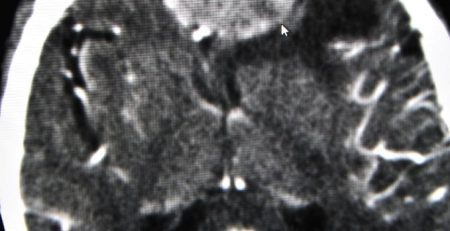Mosquitos, and Drones, and Diseases, Oh My!
Mosquitos have a horrible reputation for not only being an annoyance, but carrying any number of highly infectious diseases. Project Premonition , a research project launched by Microsoft, however, aims to use their blood-sucking nature to help stop the spread of diseases before they reach epidemic status.
Ebola, SARS, MERS and the Bourbon virus are all examples of recent emerging infectious disease (or EIDs), but EIDs, by definition, are diseases whose incidence has increased in the last two decades and can be caused by previously unrecognized pathogens or pathogens whose incidence continues to rise, re-emerge, or expand in range.
There are pathogen surveillance systems in place that aim to detect pathogens before an EID has a chance to spread, but, not only are 60-75% of EID outbreaks caused by pathogens that reside in animal populations (which are extremely difficult to monitor), there are no existing surveillance systems in place to detect previously unknown pathogens, and – as we saw with the Ebola epidemic, the movements of the humans carrying these diseases create more places for the disease to spread, especially because many EID carriers are either unaware, or are hesitant to report symptoms.
So what is Project Premonition doing to change all that? Researchers are developing drones that can autonomously navigate the rural environments that are either cost or physically prohibitive for humans. A wide range of host and pathogen genes can be obtained from mosquitos’ body contents, even if the pathogens do not have any impact on the mosquito. Researchers are also working to build “smarter and cheaper autonomous mosquito traps” that will not only trap, but preserve them for later analysis. Instead of using dry ice – which is very difficult to come by in the tropical areas where EID outbreaks tend to occur and mosquitos thrive – or mammals – be they humans under mosquito nets or animals – as bait, they plan to use low-cost odor lures that attract a broad variety of mosquitos, and also plan to use sensors and signal processing that distinguish mosquitos from other insects. Once the mosquitos are collected, they will be gene sequenced and will produce metagenomics data, which may contain the genes of pathogens the insect encountered. The goal is then to develop new algorithms capable of quickly searching through the high volumes of data they expect to collect for viruses and microbes. By being able to quickly analyze so much information in a limited amount of time, the hope is to uncover the movement and evolution of any possible pathogen before they lead to EIDs in humans.
“This is at least a five-year vision, no doubt about it,” Lead Researcher Ethan Jackson says. “But along the way, the advances we make in each of these areas have a lot of value in their own right.”














